The Classic Pale Ale in a Modern Craft Beer World
You remember the Pale Ale, don’t you? Sure you do. It’s a beer style born in England during the early 1700s. It was then resurrected and reinvented in the U.S. when Fritz Maytag introduced the lovely Cascade hop into his Anchor Brewing Liberty (Pale) Ale in 1975. He was followed by Jack McAuliffe of New Albion Brewing Company, and then most famously by Ken Grossman and Paul Camusi with Sierra Nevada Pale Ale in 1981. Early American Pale Ales profoundly altered the modern craft beer scene. Even the first canned beer to emerge in modern craft beer was Oskar Blues Dale’s Pale Ale in 2002. Its place in craft beer history is forever cemented, but is still relevant as we approach 2020?
The simple combination of malt, yeast and Cascade hops seemed revolutionary in the 1980s, and in a sense it was when compared to the litany of clear to yellow commercially-brewed beers available at the time. The introduction of something bitter, piney, sweet-malty woke up American beer drinker’s taste buds, eventually opening the door for the IPA, which grew to and remains the most popular craft beer. And, since those early days, craft brewers have gone on to introduce to beer drinkers to an abundance of beer styles, some trendy, some short-lived, which begs the question:
Is there still room for the Pale Ale in today’s market? Do people still long for that classic, simple hoppy ale?
“Pale Ale is very dear to my heart and in my weekly diet of beer appreciation,” Julia Herz, Brewers Association Craft Beer Program Director. “There’s absolutely a place in the market for Pale Ale.”
“I think within the brewer community there is a huge desire/resurgence to brew the styles that brought us to craft in the first place,” adds Marc Wilson, beer educator and Great American Beer Festival & World Cup medal winning head brewer at Oswego Brewing (suburban Chicago).
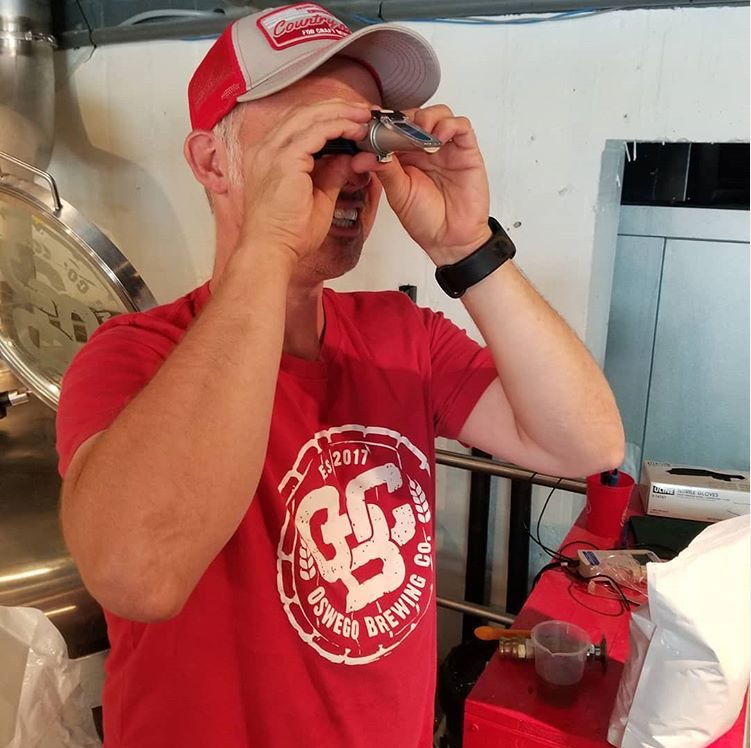
Though sales of Pale Ale have declined a bit in recent years—down roughly 3-4% in retail store sales (which doesn’t take into account, necessarily, cans or draft Pale Ales sold at breweries), and entries to GABF declined from 199 in 2017 to 170 in 2018 and 169 in 2019, the style ultimately remains exceptionally popular.
“Pale Ale is still robust in sales in millions,” Herz comments. Indeed, even as recently as 2016, roughly 30 years into the craft beer boom, the aforementioned Oskar Blues Brewery Dale’s Ale finished 2016 as the best-selling craft can six-packs at U.S. supermarkets (source: IRI Worldwide market research).
So, the style may not be king, but it’s still hanging out in the royal court.
Even in this writer’s hometown of Chicago, one would be hard-pressed to enter an establishment and not find one or more of the following Pale Ales available: Half Acre Daisy Cutter, Three Floyds Zombie Dust or Brickstone APA. For that matter, the GABF-winning Maplewood Charlatan APA is quite popular, too.
But, winning medals or enjoying a lengthy history isn’t required when creating and marketing Pale Ales.
Wilson notes, “The market is skewing so far towards sugar heavy beers that, while delicious, are not necessarily enjoyable consumed in larger quantities. It’s one reason why I worked hard to master my Vienna Lager recipe. Although not necessarily a beer people are lining up around the block to enjoy, it is the beer people reach for after they’ve had their snifter of imperial pastry stout.”
He adds, “I feel the Pale Ale has a similar place. It’s not a sexy beer but definitely has a carved out a niche in the craft beer spectrum.”
“What I love about the style is that when done well, it embodies a perfect balance of malt character, bitterness, hop bitterness and flavor. That blend is harmonic. It cuts through rich foods while elevating delicate flavors.”
Herz also reminds us that “Pale Ale, just like IPA….is broader than just American Style Pale Ale. You have Australian-Style, English Style, etc. There’s many different variants of Pale Ale that are in the group of what beer lovers would consider ‘pale.’” And, just like the IPA, many breweries are now producing juicy/hazy varieties of Pale Ale, too.
For that matter, American beer consumers aren’t limited to the west-coast style anymore, either. Bell’s Brewing in Michigan is one of many that offers a Midwest Pale Ale (there’s also a Midwest-style IPA, too). For Bell’s, that means relying on hops grown in Michigan rather than somewhere near Yakima. Other breweries have introduced Brettanomyces into their Pale Ales, such as the case with Transmitter Brewing (Brooklyn, NY) and its FO Brett Pale Ale.
Of course, others just have fun with the Pale Ale. Dogfish Head collaborated with the Grateful Dead to brew American Beauty Pale Ale. Surly Brewing has its Risking North Pale Ale, made for the Minnesota United of Major League Soccer. Great Divide has its Denver Pale Ale and Yards Brewing makes a Philadelphia Pale Ale. And Great Lakes Brewing, as per the norm, attaches its Pale Ale to a bit of history with its Burning River Pale Ale, named after the Cuyahoga River Fire of 1952—the hope is to drink that Pale Ale and remember how precious our water supply is, both for beer and for life.
The classic style possesses another attractive attribute: “If you look at food and beer pairings, it’s a world class style to pair with many types of food,” notes Hertz. “The low ABV qualities attached to the Pale Ale combined with its place as an excellent accompaniment to one’s meal offer a unique opportunity for breweries to marketing the classic style, which is increasingly important with nearly 8,000 breweries in operation and tens upon tens of thousands of beers available.”
Pale Ales are familiar, but far from boring. Though the term gets thrown around quite a bit, the style embodies the idea of “easy drinking” and the term PR companies love to use: approachability. And, it works. Pale Ales pair well with dinner on a Tuesday night, watching ball games, viewing fireworks on the fourth of July or just chilling at home.
So, is there still a place for Pale Ales? It would seem the answer is a resounding yes.


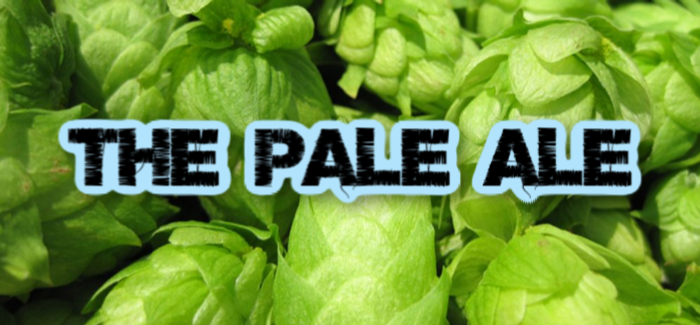
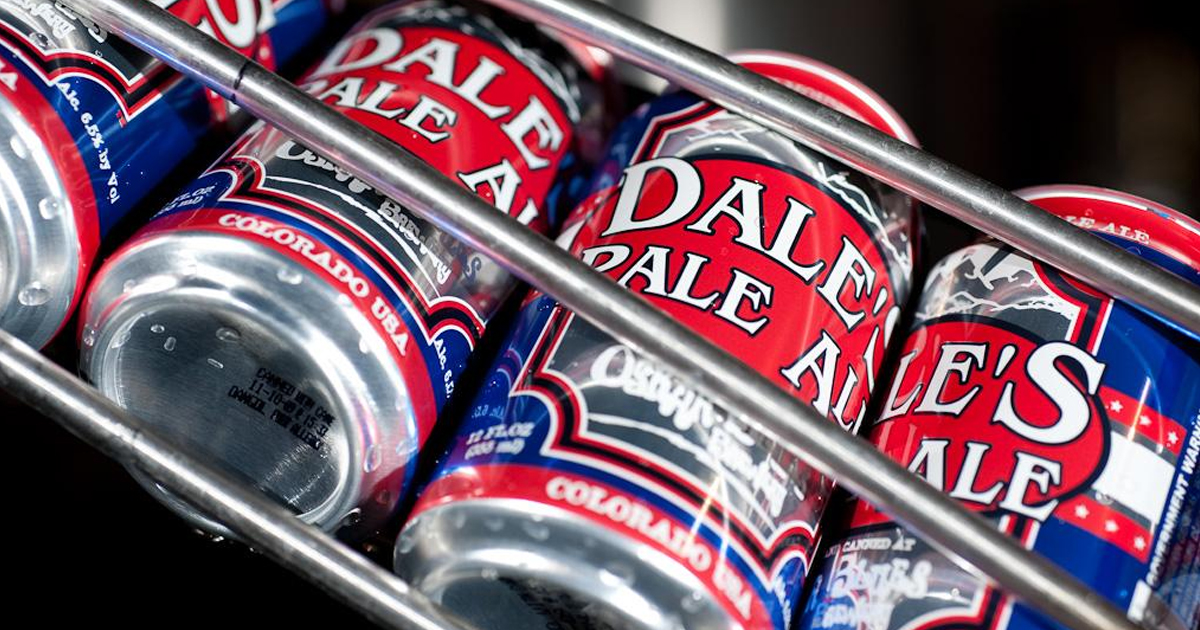

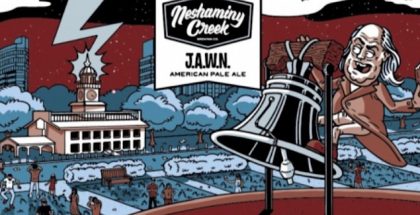
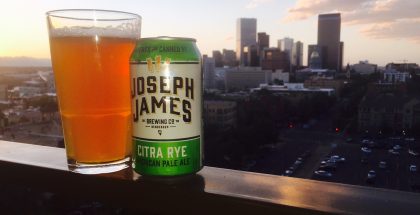
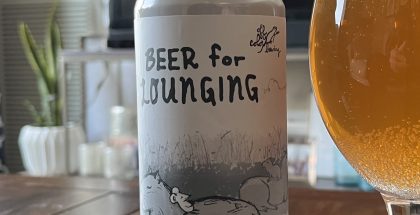
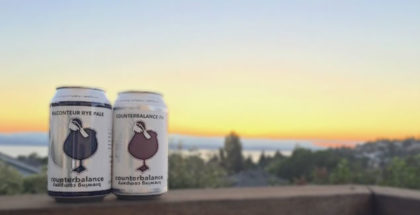
Submit a Comment